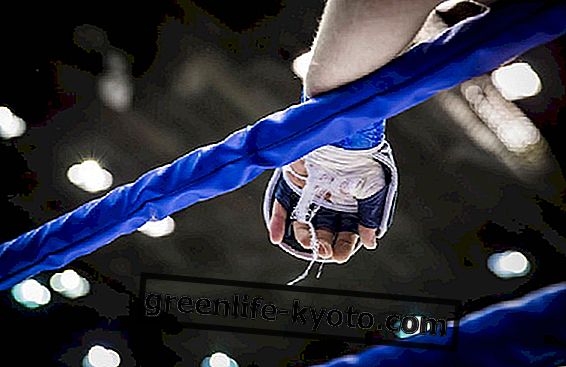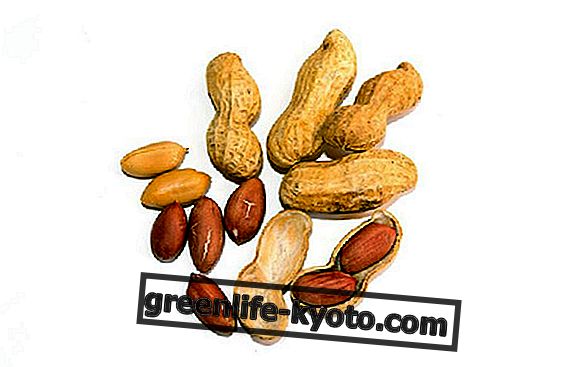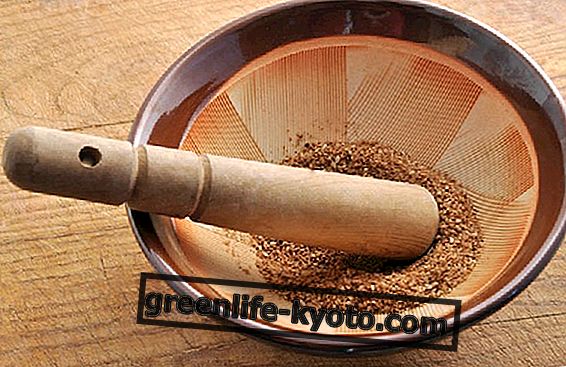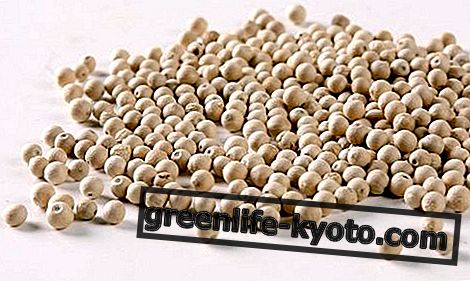
It often happens, too often, that the master who directs a course or a martial arts school, does not have enough sensitivity to lead his students in the development of his own fighting style, imposing his own uniformly on everyone.
But what is valid for a person does not necessarily mean that it must apply to all: the differences in physique, attitude and temperament predispose different people to different styles, remaining in the same martial art.
We see together 5 typical styles of the percussion disciplines ( striking ) and 4 typical of wrestling arts .
We will see that each style has advantages and disadvantages, and everything depends on who applies them.
Out-fighter
Here is the typical style of Mohamed Ali. Translated means "fighter who is outside", out of the distance of exchange. The out-fighter in fact is kept at a safe distance with a continuous movement, work of legs, strokes in extension like jabs or front kicks.
He is generally an athletic type, who does not seek the power solution but prefers to wear out the opponent and, in the long run, finish it off with a combination. It's fast and unpredictable, it needs a lot of breath training . Often misses the knockout.
Brawler
Style opposite to the out-fighter: the position is not very mobile, the brawler seeks stability to express single shots by KO, always at maximum power. It does not have the agility to dodge the blows but generally absorbs them by paring itself.
The little mobility makes it slow, but once the opponent enters the right distance it is extremely dangerous. Not very variable, rarely looking for combinations.
Martial arts: which ones to choose?
Stylist
The stylist is generally an intermediate and more complete level; it starts from the safety distance like the out-fighter, but when it picks up the right moment it can close spaces and hit hard, taking some risks.
Here are the features: on the one hand it is the most complete, but it must be remembered that it is less mobile than an out-fighter and less powerful than a brawler.
Incontrista
The style of the incontista is all a matter of technique and timing ; tries to hit the opponent with a counterattack, or attacking his opponent at the same time.
In this way, due to the speeds of the two simultaneous attacks that add up, the expressed power is sufficient to produce a KO even if the starting stroke is faster than strong.
It requires p erision and a sense of risk because it must wait for the right moment to dodge instead of parry. Knowledge of feints and a glance are fundamental.
In-fighter
Here is the style that was by Mike Tyson. The in-fighter, or aggressor, is one who continually pursues the search for a very short distance, does not give peace to the adversary, does not make him breathe again, the storm of gusts; he knows many angles of attack and never disdains physical contact. It is an effective style but it must have a lot of breath, resistance, and the ability to take the shots, which are inevitable from such a short distance.
I'll watch
Portuguese term to define the one who, in the fight on the ground, keeps the opponent inside his guard . The guardero is the one who likes to bring the fight to the ground and prefers to control the opponent by standing on the ground, holding it between his legs.
Even if to an inexperienced eye it may seem that the opponent above him is in a dominant position, the guard will exploit the fact of having legs and arms free to subdue him or wait for a small mistake to overturn him.
In general , elasticity is required , strong legs, trained abdominals.
Guard passer
The "guard passer" starts from the opposite principle: he prefers to start from a dominant position, with gravity in his favor, therefore standing over the adversary, and from there opening the guard and "passing" into a position of even greater dominion, from which to subdue more easily or beat the opponent with shots from above ( ground and pound ).
Sense of posture, explosiveness and sensitivity, continuous pressure and knowledge of various techniques of guard openings are indispensable.
Koala
Koala is the nice name that is attributed to the wrestlers whose purpose is to add the opponent's back and from there to wear it down and dominate it, generally giving it checkmate with a suffocation from behind .
The koala is generally quick, attentive, knows how to anticipate the opposing movements, mislead, play on the moves of the challenger to take it from the weaker side, the back.
It is a natural strategist with a strong capacity for concentration and can generally subdue bigger and stronger adversaries.
Ankle hunter
He is the type who prefers to attack his legs instead of his arms and head. He is not afraid to fight from the ground against a standing opponent, he studies techniques to attack ankles, feet, calves, knees, tendons of the legs, usually very painful.
He keeps his head out of the reach of opponents' arms (and therefore fists); he is an expert in falls, somersaults, very fast landing, surgery and technicians.













